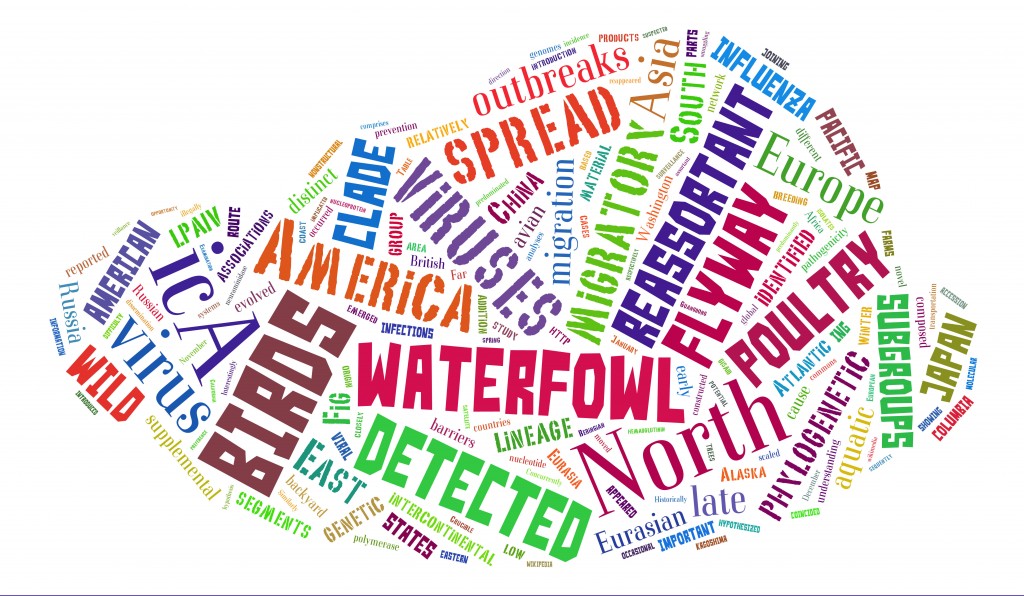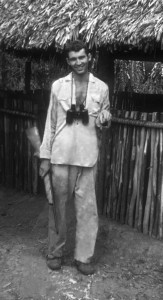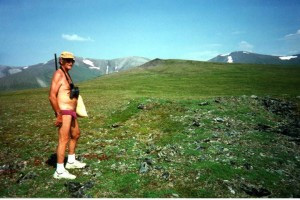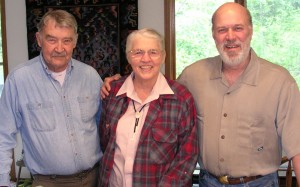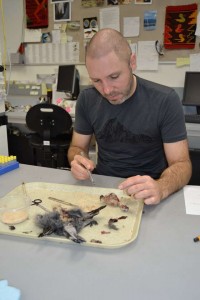We receive a lot of birds that people find dead and route to us through places like wildlife agencies, rehabilitation clinics, etc. What makes these specimens scientifically useful is to write the location and date down with the bird and freeze it until it can be gotten to us. People often write a little more than necessary, and we’re pleased to share some of those.
Continue reading
Author Archives: kevin.winker@alaska.edu
Love Notes for Dead Birds
We receive a lot of birds that people find dead and route to us through places like wildlife agencies, rehabilitation clinics, etc. What makes these specimens scientifically useful is to write the location and date down with the bird and freeze it until it can be gotten to us. People often write a little more than necessary, and we’re pleased to share some of those.
Continue reading
Brina Kessel (1925 – 2016)
Brina was a true scientific pioneer, and she blazed a bold new trail in Alaska ornithology for succeeding generations. I am honored to have had the opportunity to work with her and am proud to try to carry on in her tradition. KW.
(Brina’s brother Quentin wrote the following obituary. A salutory article from 2007 and a partial list of Brina’s publications by Dan Gibson follows that.)
Continue reading
The 2016 Checklist of Alaska Birds
It’s going to be a great year! Get out and enjoy the birds of Alaska with a copy of the authoritative checklist. You can get a copy by clicking at right or here.
As of January 2016 the total number of species known to have occurred in Alaska is now 510. The five added to the Alaska list in 2015 were: Continue reading
The Growing Power of the Ranks of the Dead
Every animal dies. Starvation, predation, disease, old age—whatever the means, eventually the end comes. We humans have a heightened morality about death, and this is good. But at times this morality is not well directed. Uproars over individual animal deaths often overlook larger and more important issues. Recently it was an eruption over a kingfisher killed in the Solomon Islands. Last year it was about a spider. Both animals were euthanized by scientists to preserve the bodies as scientific specimens to be added to research collections (which I facetiously call the ranks of the dead in the title). And in both cases there were international outcries because a scientist had killed an animal.
Migratory birds bring avian influenza to North America via Beringia
Our paper is out this month in the Journal of Virology pointing to the importance of Beringia in the intercontinental spread of avian influenza.
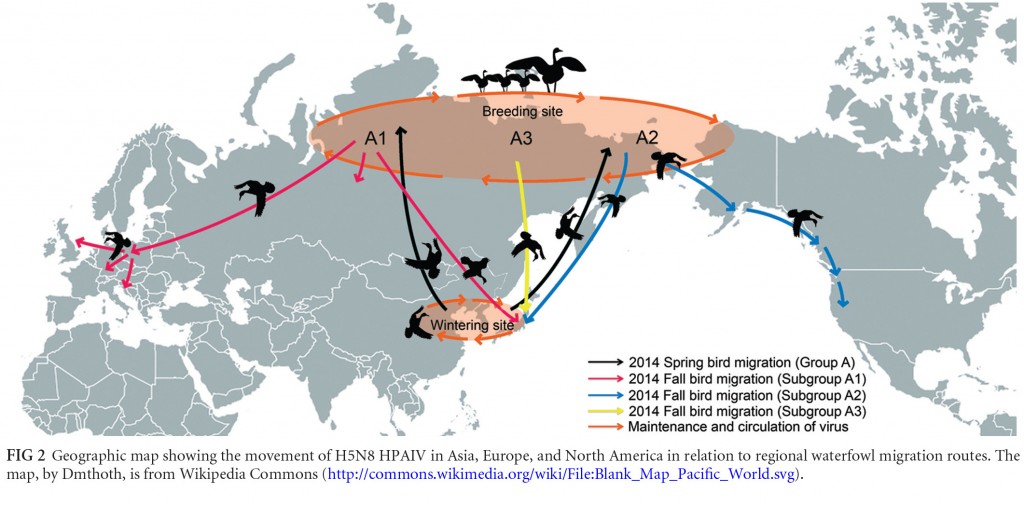
A figure from the paper showing the movements of birds and the highly pathogenic avian influenza virus H5N8 in 2014.
More Space for Birds!
Thanks to a grant from the National Science Foundation, the Bird Collection has undergone a critical facilities upgrade with the installation of new cabinets and a compactor system. This gives us space we desperately needed. We are currently moving, rearranging, and re-housing the whole collection into and around this new space. We continue to occupy our old, 1980s cabinets and compactor space; this new addition was put into to space we obtained during the museum expansion. It is so cool. We had a hard time believing just how many cabinets could be squeezed into that space. Have a look at some photos…
Swanning
When you walk the basement halls of a museum, you are likely to encounter weird stuff.
A Legend is Gone: RWD (1926-2015)
Sadly, our good friend and colleague Robert W. Dickerman (RWD) passed away recently. Bob was active with our group for many years during the summers, and the Bird collection has over 1,500 specimens that he was associated with either as collector or preparator. Bob was one of the most dedicated collections professionals and specimen-based researchers the world has seen. Andy Johnson wrote an excellent summary in 2012 of some of Bob’s career. Among Bob’s professional accomplishments included over 230 publications and at least 59 subspecies of birds described. Highly active well into his 80s, Bob may be gone, but he and his accomplishments will be long remembered by us and by many other ornithologists.
A Visitor from New Zealand
We were pleased to host Jason Froggatt last month for some intensive work in the bird lab. Jason is Collections Manager in Natural Sciences at the Auckland War Memorial Museum in Auckland, New Zealand. He took the opportunity to come up here to learn some of the tricks of the trade that have served us so well in developing our modern and relatively heavily used bird collection. Jason spent every day, hands-on, with our processes, learning how we work with skins, skeletons, tissues, and stomach contents to preserve a diversity of samples and how we handle the associated data. He also had many keen observations from his own experiences that he gladly shared with us. We had a great time and look forward to future interactions with Jason and the Auckland War Memorial Museum!

